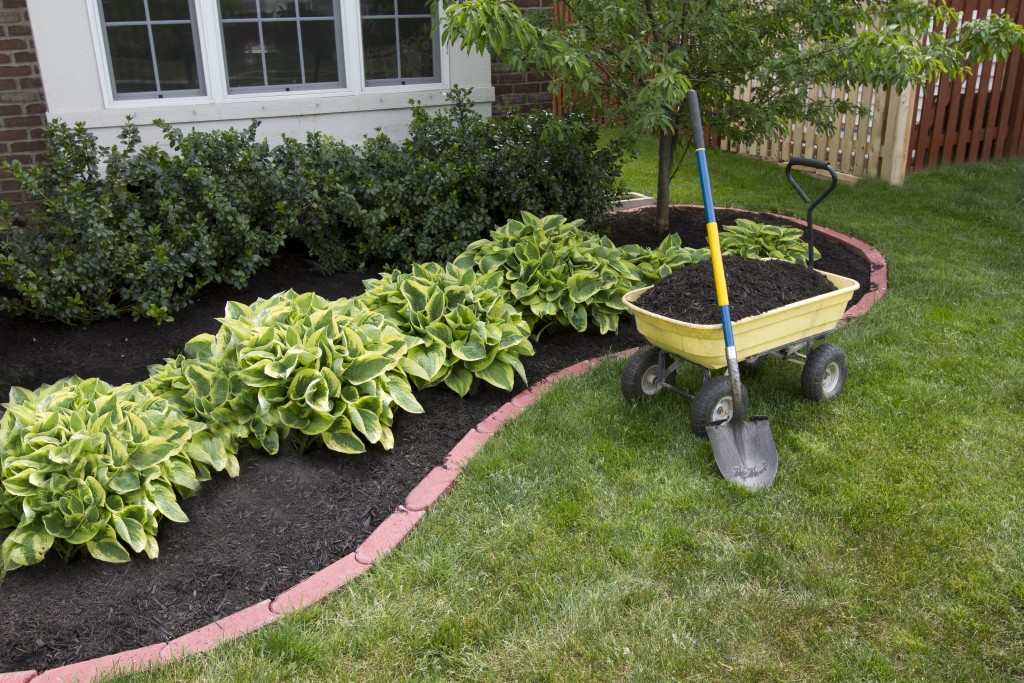You spend practically all of your free time on yard work, and while you may not realize it, your lawn rewards you for your efforts. It works as a large air conditioner to keep your home cool. It helps keep you and your family healthy by releasing a lot of oxygen and capturing a lot of dust and dirt.
The good news is that maintaining a healthy lawn does not require slaving over it. Here are the following most important lawn care tips.
Ways To Maintain a Beautiful Lawn with Less Time And Effort
Use Natural Lawn Fertilizers
Why should you use natural lawn fertilizers rather than synthetic lawn fertilizers? Because they are better for your grass, the environment has been more effective than synthetics! Furthermore, natural fertilizers are better for both you and the environment!
Compost Your Kitchen Waste
Composting grass clippings is an excellent technique to minimize trash while also promoting the growth of your garden and lawn. Other waste from the garden and even your kitchen can be composted as well.
Composting your soil is one of the most effective ways to make your grass and garden plants greener. There are a variety of other advantages to composting, including:
- It helps clay and sandy soils drain more efficiently.
- It promotes root growth and generates a gradual release of plant nutrients.
- It aids in the prevention of soil-borne plant diseases and pests in the garden.
- It keeps valuable topsoil from eroding.
- It helps to keep the pH of most soils in check.
Aerate Your Lawn
Lawn aeration entails punching 2 to 3-inch-deep holes in your lawn. You can help your grass grow in a better environment by aerating it regularly. Aeration loosens the soil and improves air circulation. In addition, your grass will use nutrients and water more efficiently.
Microorganisms will also establish themselves in your soil, contributing to the breakdown of any thatch that has accumulated. You can aerate your lawn in various ways, including renting a huge aerating machine or utilizing a basic handheld aerating tool.
A handheld aerating tool will suffice for most homeowners with modest to medium-sized lawns. Once a year, you should aerate your lawn.
Spray Your Lawn
If your mosquito control issue is terrible, your efforts have failed, or you live near a water source that produces many mosquitoes, having your landscaping sprayed can help.
Check to determine whether your community has a mosquito abatement district and ask for their advice before spraying. Homeowners in some locations may be able to get their yards treated for free or at a low cost.
If you don’t live in a mosquito abatement district, get a professional to spray your property. The top mosquito control firms will assess your lawn, provide recommendations, and create a mosquito control management strategy tailored to your property’s needs.
Water Your Lawn Deeply and Less Often

Setting on your sprinkler for a few minutes a few times a week won’t make much of a difference to your lawn. Learn to water your lawn thoroughly and less frequently for a healthy lawn. The roots of your grass will begin to grow deeper into the soil if you water infrequently and deeply.
During droughts or periods of excessive heat, this helps your grass stay green. Hydrate your grass with 1-1.5 inches of water at least once a week. Depending on your soil type, local weather conditions, grass variety, and other factors, the course may vary.
The ideal time to water is first thing in the morning. Because the water pressure is high, less water evaporates, and your lawn has plenty of time to dry before night.
“Grass-Cycle” Your Grass Clippings
Grasscycling is the practice of allowing grass clippings from mowing to be reused on your lawn. The beauty of grass-cycling is that it is simple! Instead of tossing away your grass clippings, you leave them in the yard.
Grass clippings have been shown to degrade quickly and return vital nutrients to the soil. The grass clippings also serve as a natural mulch, which helps your lawn retain moisture. Grass-cycling is an excellent technique to beautify your lawn while also saving you time in the process!
Remove Existing Weeds
Weeds are an unavoidable part of most lawns. You can remove weeds, roots, and all by hand or with a portable weeder or hoe. If the weeds are out of control, use a herbicide directly to the weeds or a weed-and-feed product to the entire lawn.
Keep in mind that these products are only effective if the weeds are identified and the treatment is applied at the appropriate time of year.

